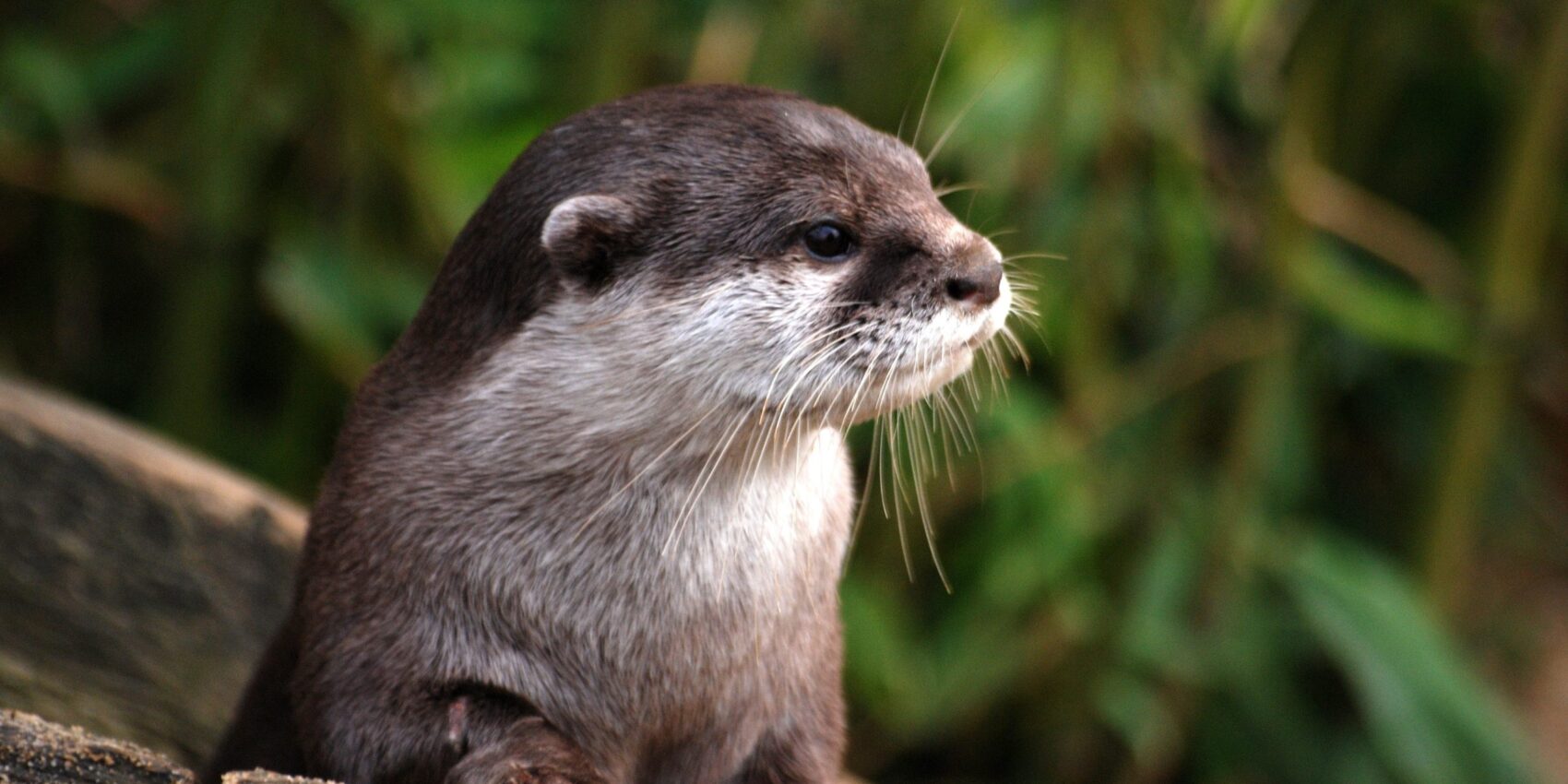Manu National Park, a gem nestled in the Peruvian Amazon, offers an unforgettable journey through one of the most biodiverse places on Earth. If you’re planning to explore this UNESCO World Heritage site, understanding the various trip options available can help you choose the perfect adventure that suits your needs and expectations. Here’s everything you need to know about planning your trip to Manu National Park.
Types of Safaris (tours) in Tambo Blanquillo
Manu Safari – 4 Days / 3 Nights
The four-day Manu Safari is a perfect introduction to the Amazon for those on a tighter schedule. This tour typically includes visits to native communities, river excursions, and evening walks to explore nocturnal wildlife. It’s an excellent way to experience the park’s incredible biodiversity in a relatively short time.
More info about Manu Safari – 4 Days / 3 Nights
Manu Safari – 5 Days / 4 Nights
Stepping up in duration, the five-day Manu Safari offers a more immersive experience. Visitors have the opportunity to venture deeper into the park, visit a wider range of ecosystems, and spend more time at wildlife observation points, enhancing the chances of spotting rare species.
More info about Manu Safari – 5 Days / 4 Nights
Manu Safari – 6 Days / 5 Nights
The most comprehensive tour available, the six-day Manu Safari allows for a full exploration of the park. This tour is ideal for nature lovers and photography enthusiasts who want to take their time to soak in the vast landscapes and biodiversity that Manu has to offer. Extended hikes and additional boat trips often lead to sightings of some of the park’s more elusive wildlife.
More info about Manu Safari – 6 Days / 5 Nights
What to Expect on Your Trip
Weather Conditions
The weather in Manu National Park can greatly affect your trip. The park experiences a wet season from November to April and a dry season from May to October. During the wet season, the park is lush and rivers are high, allowing for extensive boat travel. In the dry season, trails are more accessible and wildlife viewing is at its peak as animals gather around diminishing water sources.
Wildlife and Biodiversity
Manu National Park is home to over 1,000 species of birds, 200 species of mammals, and countless plant and insect species. Each tour offers numerous opportunities to witness this rich biodiversity through guided jungle walks, canopy tours, and night safaris.

Accommodations and Meals
Tour packages typically include accommodation in eco-lodges or campsites. These facilities are designed to be as low-impact as possible, providing basic but comfortable amenities. Meals are usually included and feature a variety of local ingredients, offering a taste of regional cuisine.
Preparation and Safety
When visiting Manu, it’s essential to be prepared. This includes packing insect repellent, waterproof clothing, and appropriate footwear. Guides are skilled in providing a safe experience, and tours often include safety briefings to address the unique conditions of the Amazon.
Frequently Asked Questions
What is the best time of year to visit Manu National Park?
The dry season from May to October is generally the best time to visit for hiking and wildlife watching.
What should I bring on a Manu National Park trip?
Essential items include waterproof gear, insect repellent, sunscreen, a hat, durable hiking shoes, and a good camera.
Are the tours suitable for children?
Tours can be suitable for children, especially the shorter durations.
How do I choose the right tour for me?
Consider your time, what you want to see and do, and your physical condition. Longer tours offer deeper exploration and more wildlife opportunities.
This guide to Manu National Park trips provides a detailed overview to help you plan an exciting and memorable adventure. Whether you choose a short stay or an extended exploration, Manu National Park promises an unparalleled journey into the heart of one of the planet’s most extraordinary ecosystems.





